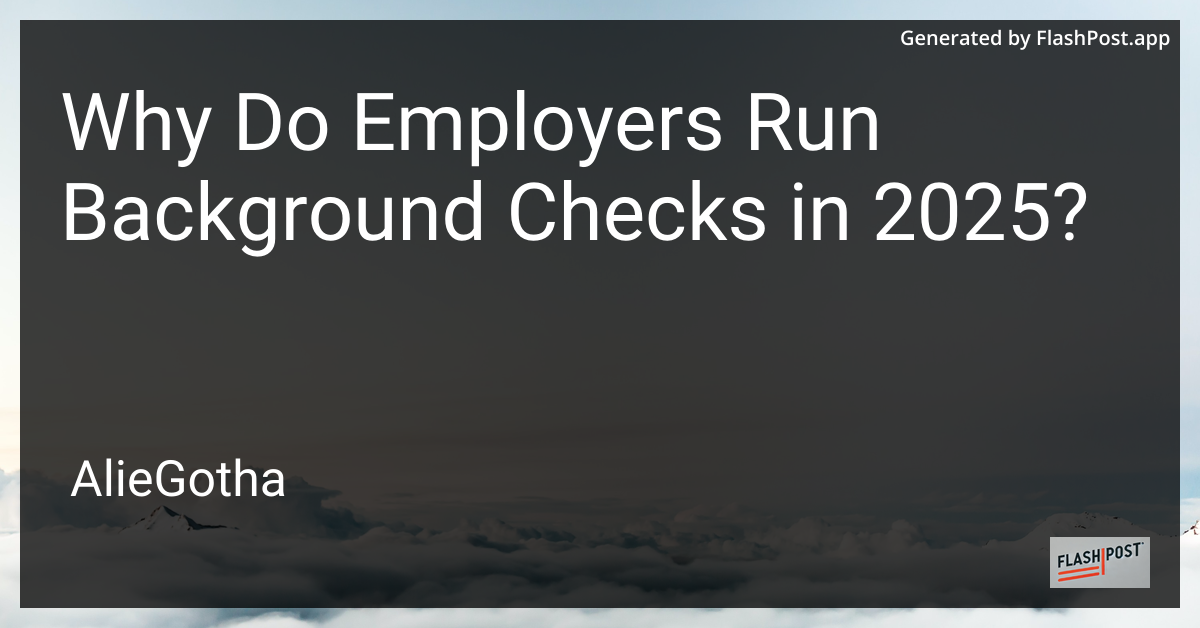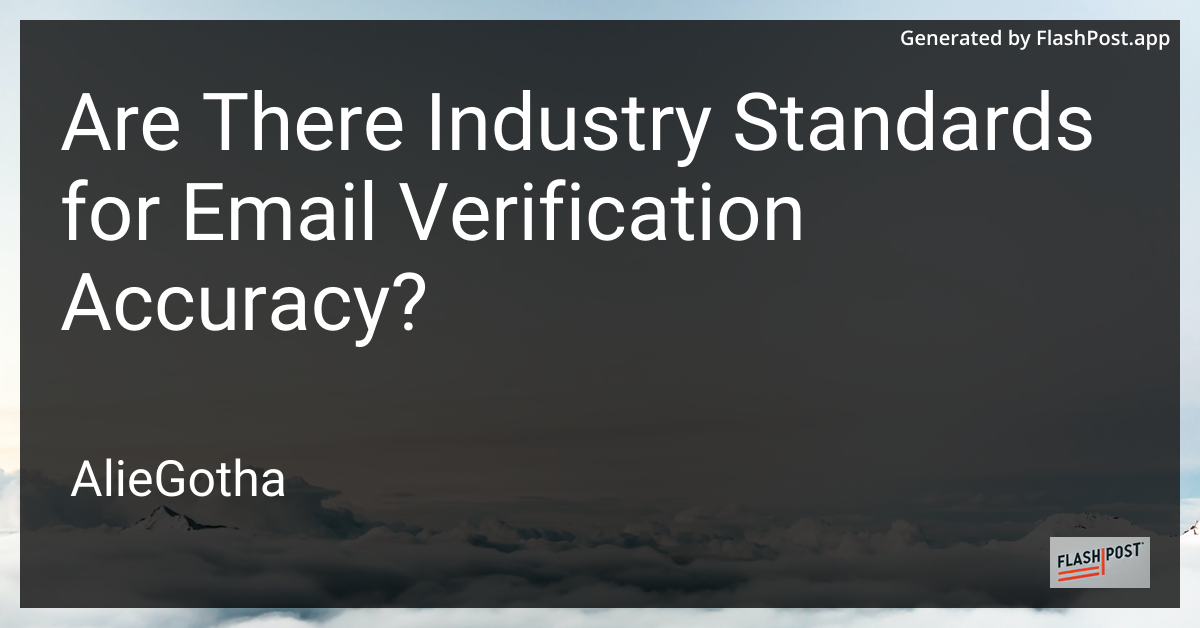

Are There Industry Standards for Email Verification Accuracy?
Email verification is an essential process for businesses and marketers to ensure the efficiency of their email communication strategies. In an era where email marketing is one of the most powerful tools for engagement, maintaining the accuracy of email lists is paramount. But is there a universal benchmark or industry standard for email verification accuracy?
Understanding Email Verification
Email verification involves the process of checking if email addresses in your contact list are valid and deliverable. This critical step helps reduce bounce rates, prevent email server blacklisting, and improve the overall sender reputation. The process generally includes syntax verification, domain validation, and checking the existence of the email address.
Are There Industry Standards?
Currently, there is no universally recognized standard for the accuracy of email verification across different industries. However, several benchmarks and best practices have emerged based on industry consensus and technological advancements:
-
Accuracy Levels: Top email verification providers generally claim an accuracy level of 95-98%. This range is widely accepted as a benchmark for high-quality verification, though results may vary based on the provider’s technology and methodology.
-
Real-Time Verification: Implementing real-time verification during sign-up or opt-in processes can dramatically enhance the accuracy of email lists, ensuring that only valid and deliverable email addresses are entered into databases.
-
Periodic List Cleaning: Regularly updating and cleaning email lists is considered a best practice, aiding in maintaining list hygiene and optimizing deliverability rates.
-
GDPR Compliance: With data protection regulations like the GDPR, it’s vital to ensure that email verification processes are compliant, respecting the privacy and data rights of email owners.
Why Accuracy Matters
High accuracy in email verification is crucial for maintaining sender reputation, which directly affects email deliverability. A good sender reputation results in emails landing in the inbox rather than the spam folder, leading to better engagement and return on investment (ROI).
Choosing the Right Service
When choosing an email verification service, consider factors such as:
- Accuracy claims and track record.
- Features like real-time verification and API integration.
- Compliance with data protection regulations.
- Customer reviews and ratings.
Additional Resources
Interested in refining your email processes further? Here are some valuable resources:
- Learn how to change git user.email for managing your Git configurations more effectively.
- Discover how to send email to recipient group in PowerShell to streamline communication with multiple recipients.
- Explore how to send an email with an image in the body to enrich your email content with visuals.
In conclusion, while there is no strict industry standard for email verification accuracy, aiming for a 95-98% accuracy range is considered best practice. This, coupled with GDPR compliance and strategic list management, will enhance the success of your email marketing efforts.
